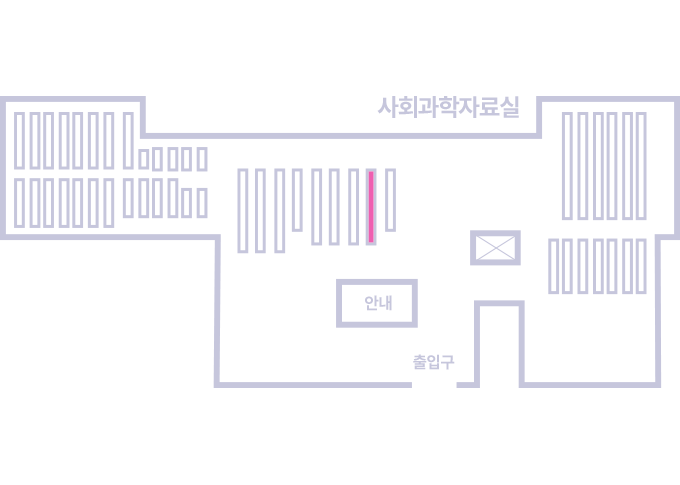권호기사보기
| 기사명 | 저자명 | 페이지 | 원문 | 기사목차 |
|---|
| 대표형(전거형, Authority) | 생물정보 | 이형(異形, Variant) | 소속 | 직위 | 직업 | 활동분야 | 주기 | 서지 | |
|---|---|---|---|---|---|---|---|---|---|
| 연구/단체명을 입력해주세요. | |||||||||
|
|
|
|
|
|
* 주제를 선택하시면 검색 상세로 이동합니다.
목차
현장실무자 대상 요구분석을 통한 다문화 배경 청소년 교육지원 방안 연구 = Research on educational supports of adolescents from multicultural background in South Korea through the needs analysis among field / 박지원 ; 최유연 ; 현영섭 ; 김준희 1
요약 1
I. 서론 2
II. 이론적 배경 4
1. 다문화 배경 청소년의 개념과 어려움 4
2. 다문화 배경 청소년 교육지원의 효과와 문제점 6
III. 연구방법 9
1. 연구대상 및 절차 9
2. 자료수집 및 분석방법 11
IV. 분석결과 13
1. 면담 및 전문가 검토를 통한 요구 분석 결과 13
2. 교육요구도 분석결과 16
V. 논의 및 결론 21
참고문헌 26
Abstract 30
본 연구의 목적은 다문화 배경 청소년 교육지원을 위한 현장실무자의 요구를 실증적으로 분석하는 것이었다. 연구목적을 달성하기 위해 다문화 배경 청소년, 다문화 배경 청소년 대상으로 교육하는 대학생 교육자, 유관기관에서 담당업무를 하는 현장실무자를 대상으로 면담을 실시하여, 요구조사를 위한 항목을 1차로 도출하였다. 이후 1차로 도출된 항목에 대하여 전문가에 의뢰하여 항목의 타당성을 검토하였다. 면담과 전문가 검토를 통해 1차 항목은 38개의 요구 조사문항으로 축소되었다. 이 문항을 활용하여 68명의 현장실무자를 대상으로 요구조사를 실시하였다. 설문조사 결과 도출된 교육요구의 우선순위 분석을 위해 보리치(Borich) 요구도 분석과 허쉬코비츠(Herschkowits) 임계함수 기법을 순차적으로 활용하였다. 이상의 방법과 절차에 따라 요구를 분석한 결과, 38개 중 17개가 최우선순위 및 차우선순위의 요구 수준을 보였다. 최우선순위군에 해당되는 문항은 진로직업교육 프로그램, 진로직업교육 요구, 정서적 안정, 일반학교 진학 및 적응 등 9개의 항목이 해당되었다. 차우선순위군에는 한국어 교육 제공, 한국 문화 이해 교육 제공, 직업교육분야 요구 파악, 차별 및 집단 괴롭힘 등의 파악 및 대처, 교육전문가의 전문역량 제고 등의 문항이 포함되었다. 이상의 분석결과를 활용하여 논의 및 제언을 제시하였다.
The purpose of the current study is, by conducting a needs analysis, to identify the most critical educational needs of adolescents from multicultural background in South Korea. To that end, we first employed an interviews to develop the needs analysis survey items. After that, the validity of the items was reviewed by four experts. Through the interviews and expert reviews, the primary items were reduced to 38 survey questions. Using these items, a needs analysis survey was conducted among 68 field experts of multicultural adolescent. Borich needs analysis formula and Herschkowitz critical functional formula technique were sequentially used to identify the most critical educational needs of multicultural adolescent from the survey results. As a results, 17 out of 38 turned out as the top and second top priority educational needs. Nine items, including offering various career and vocational education programs, identifying career and vocational education needs, supporting emotional stability, and helping admission and adaptation for general schools were identified as a top priority. The second priority group included items, such as providing Korean language education programs, offering Korean culture sharing programs, identifying vocational education needs, coping with discrimination and bullying, and enhancing professional competencies of field experts. Discussions and suggestions were presented based on the findings.*표시는 필수 입력사항입니다.
| 전화번호 |
|---|
| 기사명 | 저자명 | 페이지 | 원문 | 기사목차 |
|---|
| 번호 | 발행일자 | 권호명 | 제본정보 | 자료실 | 원문 | 신청 페이지 |
|---|
도서위치안내: 정기간행물실(524호) / 서가번호: 국내11
2021년 이전 정기간행물은 온라인 신청(원문 구축 자료는 원문 이용)

우편복사 목록담기를 완료하였습니다.
*표시는 필수 입력사항입니다.
저장 되었습니다.